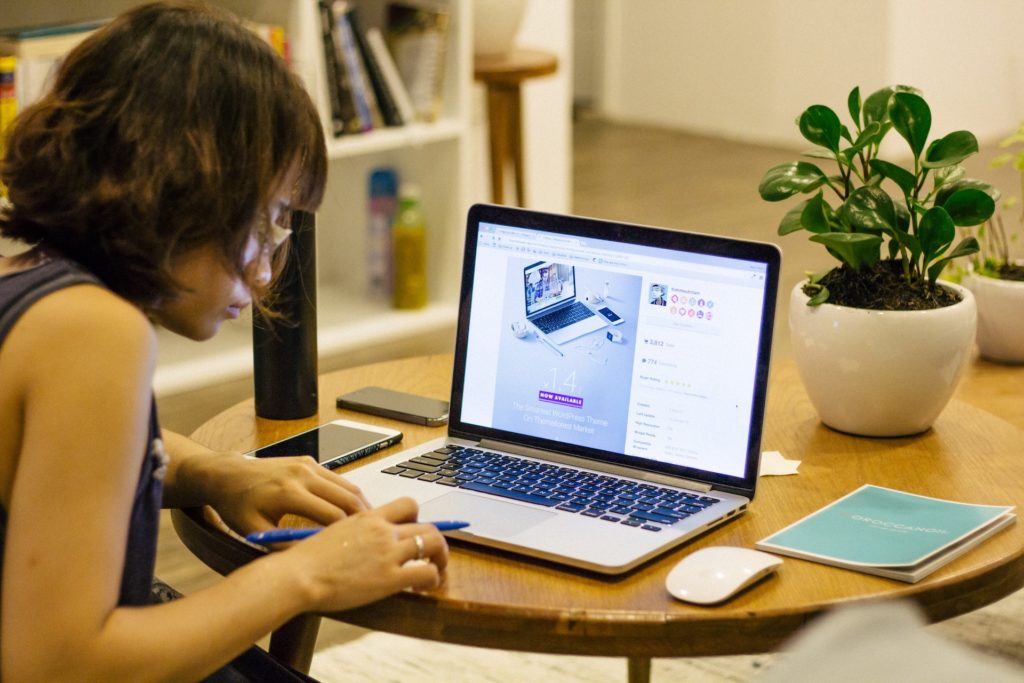Will Schools Open This Fall? Should They?

The COVID-19 pandemic has lasted longer than many of us expected and has impacted all areas of our lives, including schools. From elementary up to the college level, educators around the country are wondering what school will look like in the fall.
While many districts and universities have already decided to stay completely online through at least the end of the year, others are still trying to figure out what makes the most sense for their students, teachers, and administration.
Currently, there are three options on the table: remote learning (online-only), full open (in-person only), or partially open (a hybrid).
Three Options for Schools
Remote learning would be sticking with the same program that students and teachers experienced at the end of the 2019-2020 school year with Zoom classes from home. There are a few issues with this option. First, students must have access to a computer, the internet, and a quiet place to do their work. Second, parents must take a more active role in their child’s education.
At first thought, not a bad idea, but what about parents and guardians that have full-time jobs outside of the home? What about families with multiple children and multiple class meetings? It’s the safest option health-wise, but has other potential issues.
Full open involves going back to “normal” with in-person classes. This option is the most complicated for administration and educators health-wise. A few of the most obvious issues include it being nearly impossible to keep the students distanced and in masks, would require regular testing, and require a plan for what happens when someone inevitably contracts the coronavirus. Many teachers have expressed concern over their own safety, as well as the safety of their students, if they returned to school in the fall with the same class sizes and expectations.
With the hybrid model, half of the students will attend school two days a week and the other half will attend the other two days a week. The one day off will be for thorough cleaning between the two groups’ attendance.
While President Donald Trump is pushing for all schools to re-open this fall — and threatening to withhold federal funding from those who don’t — others are taking a more measured approach.
Former Texas congressman and former presidential candidate Beto O’Rourke said that his family (with children who will be in 4th, 7th, and 8th grade) “will choose distance learning only until the conditions are in place to protect the teachers, support staff and other educators, the kids, and the parents and grandparents of kids.” He also said, “I’d set in-person education back to start as soon as community transmission is under control, we have highly accessible universal COVID testing and the most vigorous contact tracing program possible.”
Making the Case for Online Learning
Colleges and universities, in particular, have taken a huge hit, losing hundreds of millions from student boarding revenue and student tuition. Bringing students back is understandably driven by financial considerations — but not pedagogical ones. Of course, finances are important, but teaching QUALITY is important, too, and should be top of mind as these decisions are being made.
By putting that on the back burner, and bringing students back as quickly as possible, we put our students and faculty at risk. One way or another, online learning is here to stay.
The hybrid approach is just an attempt to make the best of an imperfect situation. Let’s just stick with all online.
If a professor’s lecture style currently involves no student interaction, then your class may actually benefit from being all online — and probably should have been online twenty years ago anyway. There’s no point in crowding students in a room to be lectured at.
But for an educator such as myself, who encourages and plans for active student engagement, the prospect of trying to facilitate small group work when we’re six feet apart from one another and wearing masks is ridiculous. Trying to encourage relationships between my university students and residents at a maximum-security juvenile correctional center through my program Books Behind Bars is virtually impossible.
That leaves me remote learning as the only viable option. It’s what we did for this past spring semester and I believe that I was able to take full advantage of the virtual medium to create real community, interaction, and student engagement. It can be done, but requires imagination and skill.
Best Practices for Remote Learning
While face-to-face learning is often preferred, there are a few ways for teachers to maximize online platforms.
Before you do anything else, make sure that you understand all of the features and that you feel comfortable navigating the platform. If you come across something that could confuse your students, have a resource available (website, short video, etc.) to walk them through it.
From there, here are some tips for working with your students virtually:
- Be active and participate in emails, discussion boards, etc. Show your students know that you are there and paying attention.
- Clearly communicate expectations. Many of us feel a bit scatterbrained these days, so the more specific you can be with your students with time zones, deadlines, turn on video, mute your microphone, participation requirements, rubrics, etc., the better.
- Don’t forget about your pedagogy. Take some time to reflect on your strengths as a teacher and consider how you can bring them to the online space. Likewise, there may also be some strategies that you will have to change or reconsider for remote learning.
- Remember that not all students learn the same way. Some may need more processing time or need to both hear and see the information to learn. Share images or videos with students after class and provide transcripts if possible.
- Take advantage of available options. Use polls and breakout groups to mix things up and allow students to interact in different ways. Add in some pre-recorded videos and invite students to participate regularly.
- Give regular breaks. It can be more difficult to focus on a screen than in a classroom, so everyone can benefit from a 30-60 second stretch break every 20-30 minutes.
No matter what your district or school decides to do, as John Merrow recently wrote, one thing is for certain: It will take a village to open schools safely. He argues that “Two priorities cannot be compromised or negotiated:
1) Keep everyone safe, with frequent testing, social distancing, and adequate PPE; and
2) Create genuine learning opportunities, rather than simply replicating semesters, worksheets, 50-minute periods, and everything else that schools routinely do. Quite literally, everything else should be on the table, subject to change.”
We all want to see our students and be able to go back to “business as usual,” but a cautious approach is the only way we will ever get there.
Additional Resources for Schools:
- Best Practices: Online Pedagogy (Harvard University)
- Teach Remotely: How to Teach From Anywhere (Dartmouth)
- Best practices for remote learning for students with learning differences (Landmark College)
***

This was a well written post. It will be interesting to see how the school year unfolds.
Thank you for the practical, useful pedagogical recommendations!
[…] COVID-19 pulled the rug out from underneath me. As I retrofitted my class Books Behind Bars to an all-online environment, I suddenly had students who missed classes, not because they were up late partying, but because […]
They need to be back in school!
I worry about my grandchildren not getting the education they should this year.